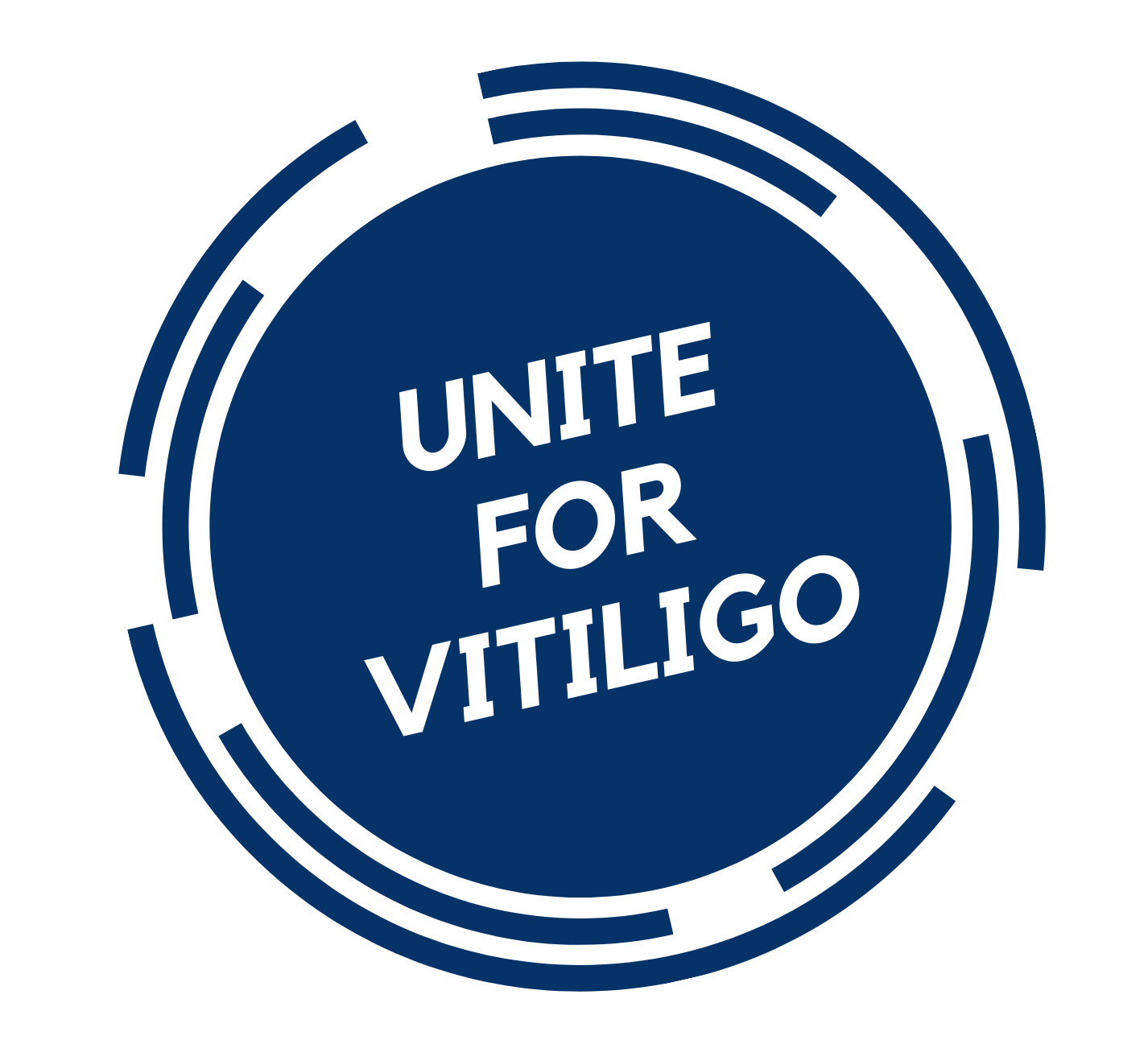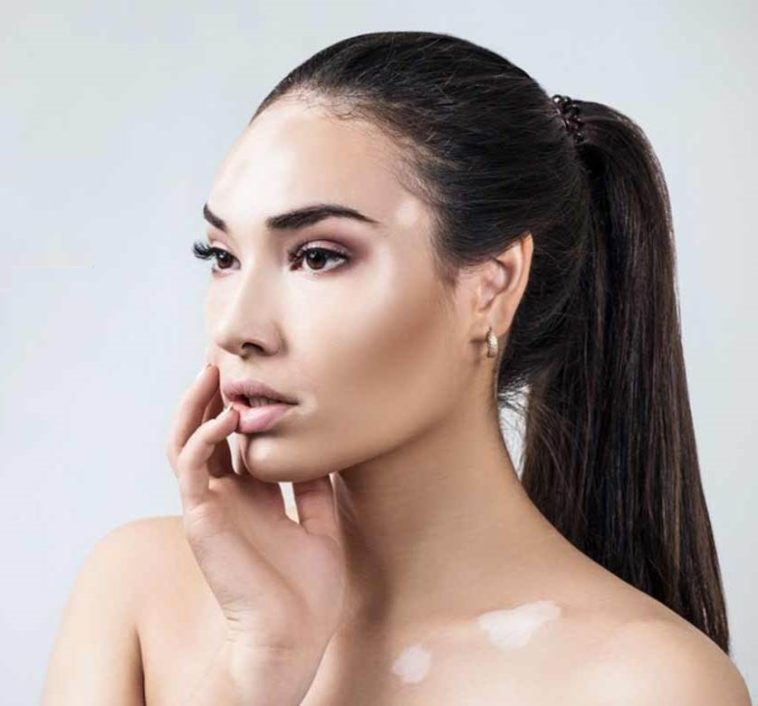Many vitiligo fighters often develop a feeling of fear and apprehension about what is to come. Low self-esteem and deteriorating self-image often contribute to making vitiligo fighters feel fearful and nervous. This occasional inflow of feelings can be called normal anxiety. But, if these feelings are extreme and last for longer than six weeks, one may be suffering from an anxiety disorder along with vitiligo.
Anxiety disorders can affect any vitiligo fighter at any stage of the skin disorder. However, women are more likely (than men) diagnosed with an anxiety disorder due to societal pressure and patriarchal system in some cultures. Anxiety can radiate in the form of increased heart rate, rapid breathing, restlessness, trouble concentrating and difficulty falling or remaining asleep.
What causes Anxiety in vitiligo?
Anxiety disorders share complicated causes in vitiligo such as the emergence of new white patch (particularly in areas exposed to sun), unwanted stares, unkind remarks, stressful job, bullying at school, mismanaged emotions, unpredictable course of the chronic skin disorder, difficulty in finding love, or rejections in jobs due to vitiligo.
Genetics, the side effects of a vitiligo treatment or stress from another underlying medical condition are some of the clinical causes. The stress of day-to-day living with vitiligo and any combination of the above can contribute to excessive anxiety.
Depending on several factors, anxiety feels different in different vitiligo fighters. Many people feel butterflies in their stomach, racing heart, panic, nightmares, or painful memories or thoughts that cannot be controlled. A feeling of fear and worry about going in public are the most common responses to anxiety in vitiligo.
Many people with vitiligo induced anxiety disorders tend to abuse drugs and alcohol in an effort to feel better. However, this only offers temporary relief and can often make vitiligo get worse. In such cases, alcohol or drug abuse should be addressed first.
What are your options?
A mental health professional can diagnose anxiety identify possible triggers. On the basis of diagnosis, the practitioner can prescribe the right line of treatment.
In many cases, medication for insomnia can indirectly cure mild cases of anxiety disorders. (Many experts believe that there is a connection between vitiligo and sleep disorder like insomnia.)
Exercising regularly and dietary changes (including Omega-3 rich foods in the diet) can improve mood and potentially treat anxiety disorders in vitiligo. However, many practitioners consider Counselling and Antidepressants (or combination of both) to be mainline treatments of anxiety. One subcategory of Psychotherapy – Cognitive Behavioral Therapy can help people challenge negative thinking patterns and behaviors in vitiligo.
Yoga is also emerging as a popular practice to treat anxiety and instill calm in vitiligo. Few poses are often prescribed to quiet aggressive anxiety. To make the most of the Yoga practice, the following poses have to be practiced on a regular basis.
- Cow Face Pose (Gomukhasana),
- Lotus Pose (Padmasana),
- Corpse Pose (Savasana),
- Child’s Pose (Balasana),
- Intoxicating Bliss Pose (Ananda Madirasana),
- Standing Forward Bend (Uttanasana),
- Downward Facing Dog (Adho Mukha Svanasana),
- Cat Stretch Pose (Marjari Asana), and
- Reclining Bound Angle Pose (Supta Baddha Konasana)
Since Pranayama, the breathing discipline of Yoga improves the sense of well-being, it can be additionally prescribed to reduce anxiety.

